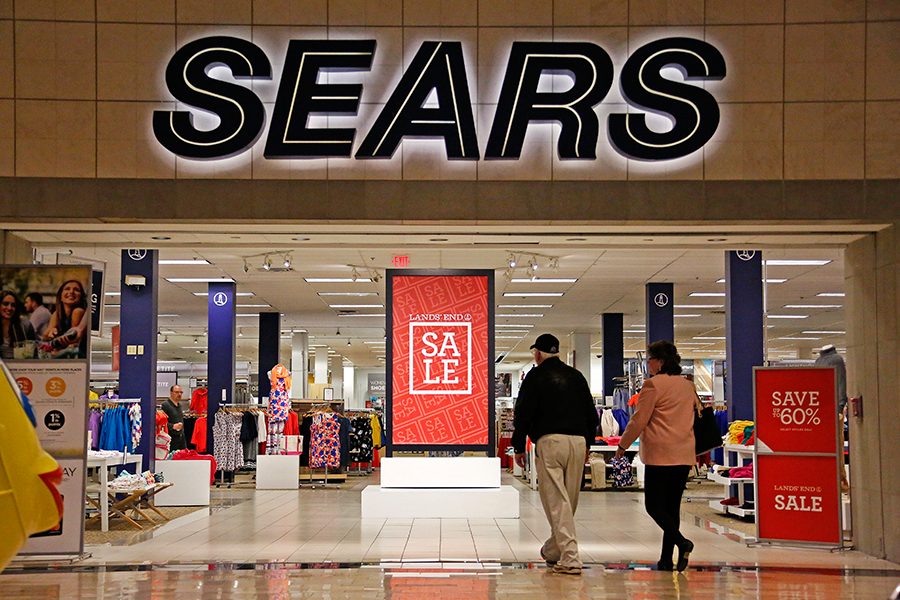Here's how much the 'pink tax' is costing women on everyday items
Loading...
Though the term may sound silly, the "pink tax" is a real thing that costs women a bundle every year. The phrase refers to the additional cost of products marketed toward women, compared to similar products that are gender neutral or marketed towards men. Because many products marketed to women feature lurid pink colors, it's become known as the pink tax.
Learn which products are affected by the pink tax, how to avoid the higher prices, and what lawmakers and retailers have done to address the issue in the past year.
Everything's the Same... Except the Price
In late 2015, the New York City Department of Consumer Affairs published a study comparing nearly 800 products from more than 90 brands, looking for price differences in items marketed to different genders. The results showed a striking difference in prices for men and women. On average, products for women or girls cost 7% more than comparable products for men and boys. Some examples:
- Girls' clothing: 4% more
- Girls' toys and accessories: 7% more
- Women's clothing: 8% more
- Women's personal care products: 13% more
That means women are paying more for tons of everyday goods like razors, shampoo, and lotion. And let's not forget tampons, which are taxed as luxury goods in nearly 40 states. A woman's entire wardrobe — from items like socks (3% more expensive for women) to shirts (15% more expensive for women) — costs more than a man's. Services such as dry cleaning and haircuts are often more expensive for women, too.
But the pink tax isn't just for adults; the prices of clothes and toys for girls are higher, too. Buying the girls' version of a bicycle or scooter instead of a boys' version costs an average of 6% more. You'll find similar discrepancies from helmets and knee/elbow pads to crafting supplies. Even infants aren't immune to higher prices! Onesies, pants, sweaters, shirts, and shoes for baby girls all cost more than the same products for boys.
While some cost differences can be written off by different materials, ingredients, or construction, the DCA only compared products with versions for men and women that were substantively similar. And while paying a few dollars more for a razor may not seem like a big deal, the cost difference adds up to an estimated $1,351 in goods and services per year.
That's probably more than enough to eat up this year's tax refund.
Evading the Pink Tax
Being aware of the pink tax is the first step to avoiding it. Whenever you're buying something that's marketed specifically to women, do a price check. Is there a gender-neutral product (or a product for men) that costs less? Look at the price, as well as the unit count and weight, so you're comparing apples to apples. Comparing prices at different stores can help, too, as some retailers eschew gender-based pricing.
This is a good option for personal care products like razors, shampoo, deodorant, and lotion, which are often very similar no matter who they're marketed to. Though they may come in different scents, if you look at the ingredients in your favorite products, you're likely to find alternatives with similar ingredients for less. (And if you don't care for more masculine scents, you can usually find unscented options.)
Children's clothing and toys are also an easy place to save, as the most common difference is color. When you're shopping for your kids, look for gender-neutral options — and steer away from anything bright pink. While this strategy may only save you a dollar or two this shopping trip, those savings add up over the course of the year — and it only takes a quick walk down the aisle to check.
Unfortunately, buying a different product just isn't an option for everything. Men's clothes have different fits than women's clothes, and there aren't really comparable alternatives for tampons or makeup. In this case, your best bet is deal-hunting. Watch for sales and avoid paying full price when you can.
Lawmakers and Retailers Are Stepping Up
Women have been pushing back on these high-priced products, encouraging retailers and legislators alike to address the pink tax. A California law prevents services from being priced differently for different genders, but a more recent bill that would have added the same pricing protection to goods didn't make it through the state legislature.
Bills currently being considered in Nevada and Ohio would eliminate taxes on feminine hygiene products in those states. And a class action lawsuit in Ohio seeks $11 million per year in tax refunds for women because of this "tampon tax." There's no certainty that these bills will become law, but calling your representatives to ask for their support could help them move forward.
While we wait for laws to address the issue, retailers are stepping up — which means choosing where to shop can shore up your budget. British retailers Boots and Tesco have both cut prices on women's razors to match men's razors — at least for some brands.
In the U.S., online retailer Boxed has reduced prices on women's products to match men's products, and cut the price on feminine hygiene products to counteract the luxury tax. As an example of how much that can save, Venus Sensitive Disposable Razors on Boxed got a 45% price cut.
If you're unhappy with your local retailer's pricing — or the pricing on specific brands — contact the stores or brands themselves to air your complaints. Some stores have already changed pricing in the face of unhappy customers, so speaking out can make a difference.
This story originally appeared on DealNews.





